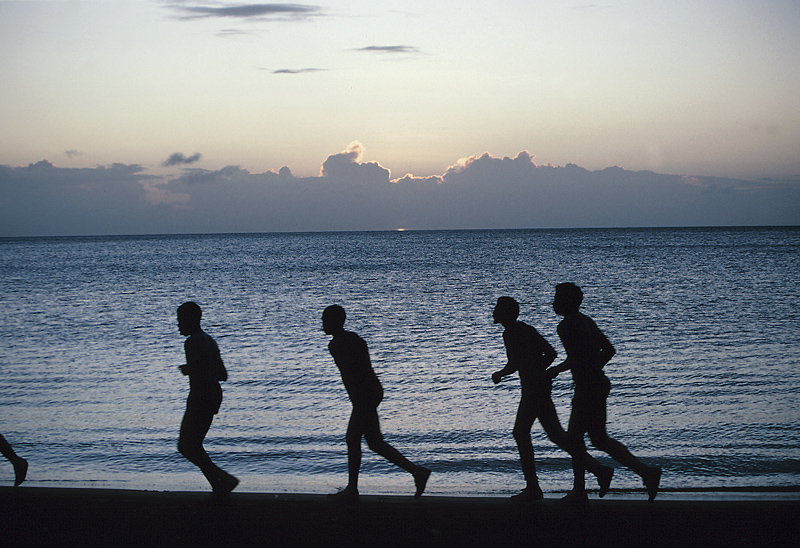
(HealthDay News) — Knowing how and when to bandage a wound can help speed healing.
The American Academy of Family Physicians offers these suggestions:
- Hands, knees or other areas likely to get dirty or be rubbed by clothing should be bandaged with an adhesive strip or sterile gauze tape.
- Change bandage daily to keep wound clean and dry.
- Don’t bandage a wound that isn’t likely to get dirty and won’t be rubbed and irritated by clothing.
- A wound that can safely be left without a bandage may dry and heal more quickly.
- Use a special bandage (occlusive or semi-occlusive) if your doctor suggests it on a wound that covers a large area, to keep it moist and reduce scarring.
Copyright © 2025 HealthDay. All rights reserved.

